It’s Called ‘Hypermiling’ (Would You Go This Far to Save Gas?)
I first heard the term ‘hypermiling’ from colleague and author Matt Bell back in 2008 when the U.S. economy fell into the Great Recession. Discovering ways to cut costs by increasing one’s gas mileage took on a life of its own. Even I, your humble blogger, enthusiastically joined the crowd. Now, 15 years later as fuel costs are higher than ever before, hypermiling is back in vogue.
Hypermiling is a method of increasing a car’s gas mileage by making intentional changes in the way you drive. Sure, it’s a lot of work, but diligent participants are rewarded with gas savings, which makes it a lot easier to endure rising oil and gas prices.
Amazing results
One hypermiler whose story I read was routinely getting more than 50 miles per gallon from his 2005 Honda Accord, which is more than twice its EPA rating. How did he do that? By wringing every possible mile out of every gallon of gasoline.
This driver’s gas-saving tricks include:
- Always trying to park in such as way that he can pull forward instead of wasting gas backing up
- Sticking to the speed limit
- Using cruise control when it’s safe and appropriate
- Turning off the engine if he’s going to idle for more than 10 seconds
- Keeping his tires inflated to their maximum recommended pressure
- If he’s running a series of errands, driving to the farthest destination first to warm the engine to its most efficient temperature, while also increasing gas mileage.
And that’s only the tip of the proverbial iceberg. There are so many other hypermiling techniques, tricks and hacks—far more than will fit in this post. So consider what follows to be a good starting point.
Compete with yourself
Hypermiling may sound like the latest popular adrenaline-inducing extreme sport, but not so, unless you consider extreme gas or battery-life conservation—a sport.
Many drivers and online groups have adopted “hypermiling” as a way to combat high gas prices by changing the way they drive. Hypermiling is a hyperactive driving technique that is not aggressive and where you compete with yourself to reduce your gasoline costs.
Mellow out
Successful hypermilers say they let their foot off the gas the minute they see a red light in front of them. And they think ahead, even if they don’t see a red light; maybe there is a big street coming up or maybe there is a “stale” green light (a light that has been green for a long time and is due to turn amber before too long).
The minute they see brake lights in front of them, hypermilers take their foot off the accelerator pedal or hit the cancel button on their cruise control to stop burning gas.
Serious hypermilers wouldn’t be caught dead making a quick getaway from a red light or stop sign. Fast acceleration burns more gas, and that equals money.
Coast as much as possible
When you’re driving plan a path that doesn’t require braking followed by a sudden start. Careful coasting can increase gas mileage considerably.
On newer cars, if the car is in gear and your foot is off the accelerator, the injectors shut off completely, creating essentially “free” mileage — your car’s going but you’re not using gas beyond a small amount for engine braking, or the engine’s resistance to your costing.
Don’t coast by disengaging the clutch and/or putting the car in neutral. This will cause the engine to go into idle which uses up more gas than simply leaving the car in gear and letting it coast along with minimal engine input.
As beneficial as coasting can be, it is also frustrating and difficult if other drivers keep cutting in front of you. Use basic safety techniques and common sense to keep your coasting safe.
Keep your foot ready to use the brake. If you do need to stop suddenly, you should be able to react quickly. Since you’re using the accelerator as little as possible, braking or not braking is your primary means of controlling your speed.
Junk outta’ the trunk
The more weight you’re carrying, the more the engine and drive-train have to work. Removing extra weight increases fuel efficiency.
Remove unnecessary items, just make certain that you leave essentials like a spare tire and tire-changing kit.
Align and balance
Car tires are sometimes worn down unevenly, weighted or aligned very slightly off-center, which reduces efficiency.
Check tire pressure regularly. If the tires are incorrectly inflated, there will be excess drag, or insufficient surface contact with the road, causing significant decrease in fuel efficiency.
Don’t over-inflate tires to increase rolling or coasting distance. This can lead to increased wear and loss of traction—and it can be dangerous.
Over acheivers
Hypermiling enthusiasm, if not kept in check, can easily lead to dangerous methods like “drafting,” which is tailgating larger vehicles to reduce wind resistance, rolling through stop signs, and over-inflating tires to save on gas. Such techniques are highly ill-advised. Stay safe!
Cost of gas
Whether you’re into the extreme sport of hypermiling or not, all of us can reduce our gasoline costs by simply buying the cheapest gas. Websites like GasBuddy.com track local prices every day. A quick log-on will help you take the shortest trip to the station with the cheapest price. Just make sure you start off slowly. Right there, you’ll reduce your chances of running out of gas before you get to the station.
By the way, Matt Bell’s new book Trusted: Preparing Your Kids for a Lifetime of God-Honoring Money Management is a must-read!
Everyday Cheapskate participates in the Amazon Services LLC Associates Program, an affiliate advertising program designed to provide a means for us to earn from qualifying purchases, at no cost to you.

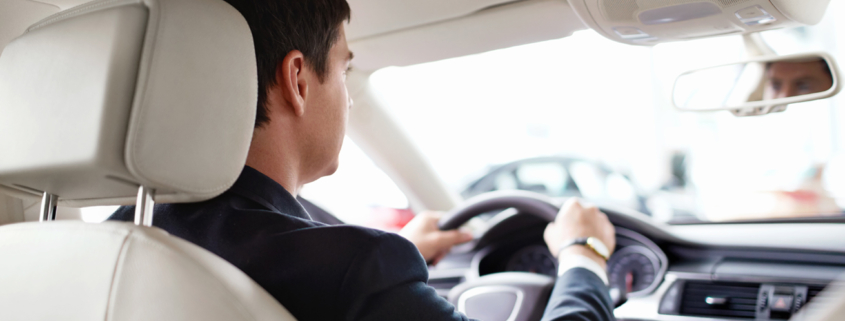
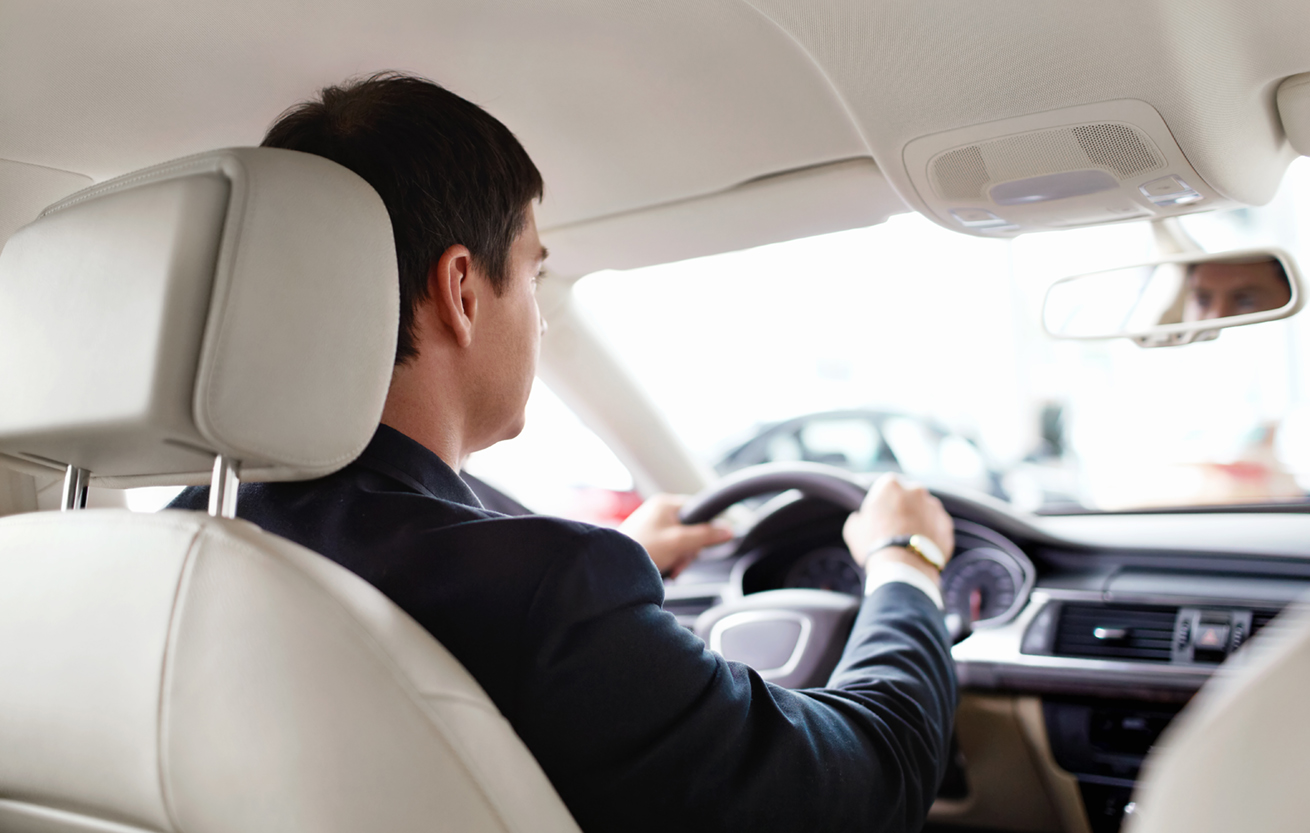

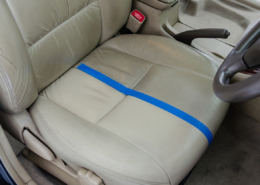


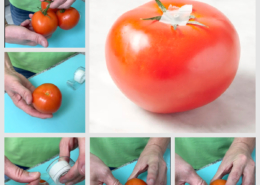
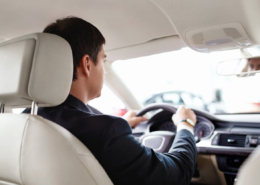

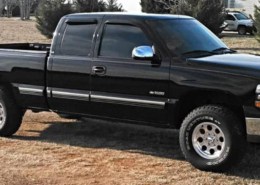




Hypermiling started way back in the early 70s when the oil embargo hit. Carried to the extreme it will drive the people behind you crazy. But, the positive side is that you will ( finally) engage with the physics of driving and the particulars of gasoline-fueled engines.
A body in motion will tend to stay in motion and a body at rest will tend to stay at rest. Your 4000 lbs of car and people doesn’t want to move unless a force compels it to. But, once it’s rolling, it also doesn’t want to stop unless forced to. So, as indicated in your article, try to keep your car rolling with a minimum of “push” and a minimum of “halt.”
That will automatically make you keep a safe distance and engage with your engine and transmission in a more positive way. Tailgating is verboten! Every time you see those tail lights flash, that’s gasoline being wasted.
You may disturb your spouse by taking off ramps at speed, but don’t let that worry you, you’re just using gravity instead of brakes.
Google it, and you’ll find they had clubs. SOme people were getting 100 mpg with extreme tactics.
I wanted to comment on your word of the day today – overdraft. I am incensed by the commercials I see on TV about banks that let you ‘overdraw by $200 without penalty’, borrow from your ‘future self’, and get your paycheck two days early. Rather than educating consumers on good financial practices, an entire generation of consumers is being lead astray by banks and apps that try to tell them that these highly questionable financial habits are ‘OK’. What are your feelings on this? You are trying to educate and teach good financial habits and these companies are undermining young consumers with bad advice.
I totally agree with you, Jan. Debt no longer has a negative connotation. The CC and Banking industries are complicit by offering credit with the underlying purpose to moving all of their customers into “perma debt.”